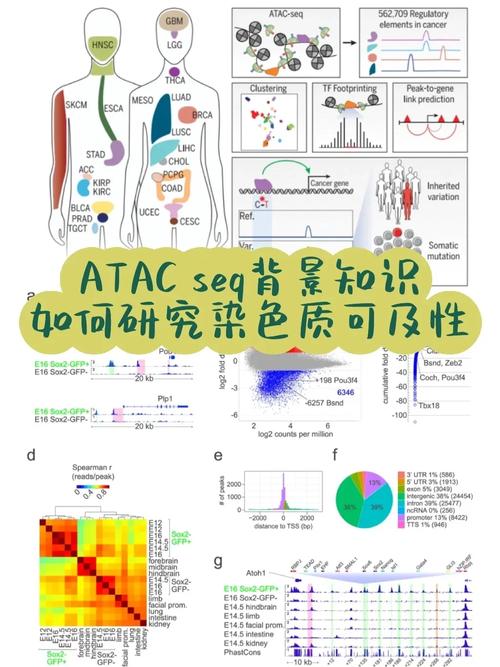
Understanding the Basics of ETH
Are you curious about ETH and what it stands for? In this article, we delve into the world of Ethereum, exploring its origins, functionality, and its significance in the cryptocurrency landscape.
What is ETH?
ETH, short for Ethereum, is a cryptocurrency that powers the Ethereum network. It’s often referred to as the “second generation” of blockchain technology, following the success of Bitcoin. Unlike Bitcoin, which is primarily a digital currency, Ethereum is a decentralized platform that runs smart contracts: applications that run exactly as programmed without any possibility of downtime, fraud, or third-party interference.

Origins and Development
Ethereum was proposed by Vitalik Buterin in 2013 and launched in 2015. The platform was designed to enable developers to build decentralized applications (DApps) and smart contracts. These smart contracts are self-executing contracts with the terms of the agreement directly written into lines of code.
How Does ETH Work?
Ethereum operates on a blockchain, which is a decentralized ledger that records transactions across many computers so that the record cannot be altered retroactively without the alteration of all subsequent blocks and the consensus of the network. ETH is the native cryptocurrency of the Ethereum platform and is used to compensate network participants for their computing power and resources.
ETH as a Digital Currency
As a digital currency, ETH can be bought, sold, and transferred online. It’s often used to pay for goods and services, or to participate in decentralized finance (DeFi) applications. The value of ETH is determined by supply and demand, much like any other currency.
Smart Contracts: The Power of ETH
One of the most significant features of Ethereum is its ability to run smart contracts. These are self-executing contracts with the terms of the agreement directly written into lines of code. This means that once deployed, the contract automatically enforces the terms of the agreement, eliminating the need for intermediaries.

Applications of ETH
Ethereum is not just a digital currency; it’s a platform for building decentralized applications. These applications can range from simple games to complex financial services. Some of the most popular DApps built on Ethereum include decentralized exchanges, lending platforms, and decentralized autonomous organizations (DAOs).
The Future of ETH
The future of ETH looks promising. As more businesses and individuals adopt blockchain technology, the demand for ETH is expected to increase. Additionally, Ethereum is continuously evolving, with new features and improvements being added regularly. One of the most significant developments is the transition from Proof of Work (PoW) to Proof of Stake (PoS), which is expected to make the network more energy-efficient and scalable.
ETH vs. Other Cryptocurrencies
When comparing ETH to other cryptocurrencies, it’s important to consider several factors. While Bitcoin is often seen as the “gold standard” of cryptocurrencies, ETH offers more flexibility and functionality. However, it also comes with higher volatility and risk.
| Cryptocurrency | Functionality | Market Cap | Volatility |
|---|---|---|---|
| Bitcoin | Primary digital currency | $1 trillion | High |
| Ethereum | Platform for DApps and smart contracts | $300 billion | High |
| Binance Coin | Payment system and governance token | $80 billion | Medium |
Conclusion
Ethereum and its native cryptocurrency, ETH, have become an integral part of the cryptocurrency landscape. With its innovative features and growing ecosystem, ETH is poised to play a significant role in the future of digital finance.




